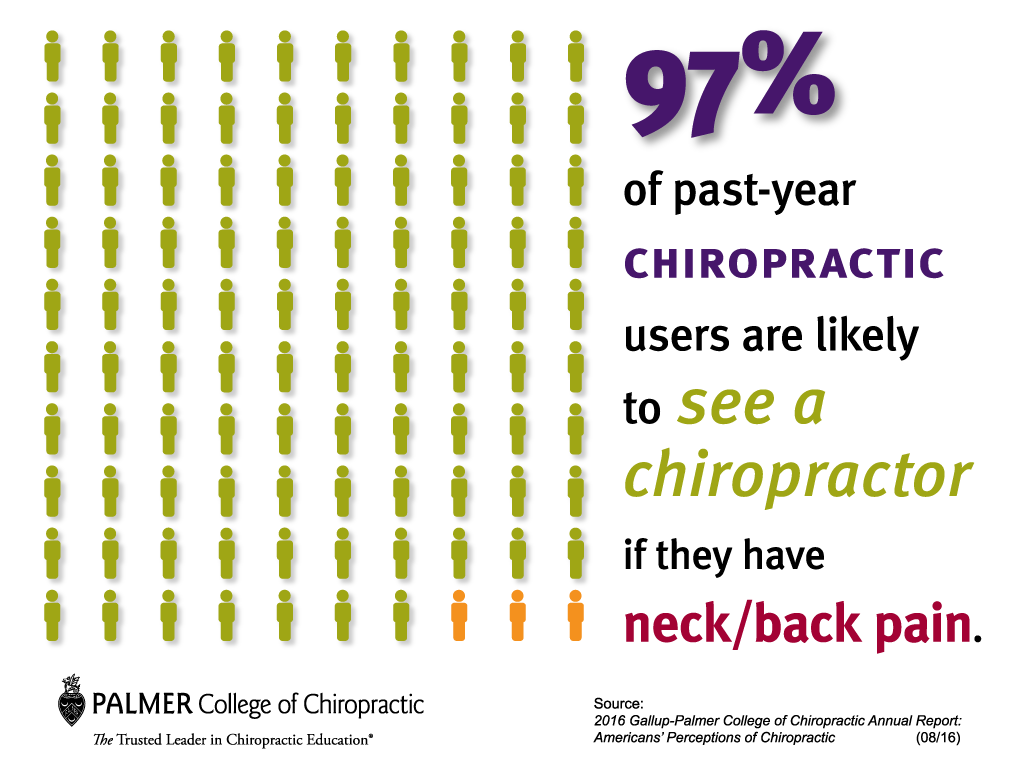The Mechanics And Effects Of Cold Laser Therapy: Introducing The Scientific Understanding
The Mechanics And Effects Of Cold Laser Therapy: Introducing The Scientific Understanding
Blog Article
Article Produced By-Castro Hanna
You may have come across cold laser therapy as an appealing therapy choice for numerous problems, but have you ever before questioned exactly how it really works on a cellular level? Understanding the systems behind this therapy can shed light on its efficiency in promoting recovery and decreasing swelling. By discovering the science behind cold laser therapy, you'll get insights into the interesting ways in which light can affect mobile procedures and facilitate tissue repair service.
Exactly How Cold Laser Therapy Works
To understand exactly how cold laser treatment functions, you require to comprehend the basic concepts of exactly how light energy interacts with organic tissues. Cold laser treatment, additionally referred to as low-level laser therapy (LLLT), uses particular wavelengths of light to permeate the skin and target underlying cells. Unlike the intense lasers made use of in surgeries, cold lasers release low levels of light that do not produce warmth or trigger damages to the cells.
When these gentle light waves reach the cells, they're soaked up by parts called chromophores, such as cytochrome c oxidase in mitochondria. This absorption causes a collection of biological feedbacks, including boosted mobile power production and the release of nitric oxide, which enhances blood circulation and lowers inflammation.
Moreover, the light energy can additionally stimulate the manufacturing of adenosine triphosphate (ATP), the energy currency of cells, aiding in mobile repair and regeneration processes.
Essentially, cold laser therapy uses the power of light energy to promote healing and ease pain in a non-invasive and mild fashion.
Mechanisms of Action
How does cold laser treatment in fact function to produce its healing results on organic tissues?
Cold laser treatment, additionally referred to as low-level laser therapy (LLLT), runs with a procedure called photobiomodulation. When the cold laser is put on the skin, the light power passes through the tissues and is absorbed by chromophores within the cells.
These chromophores, such as cytochrome c oxidase in the mitochondria, are after that stimulated by the light energy, leading to a waterfall of organic responses. One crucial mechanism of activity is the enhancement of mobile metabolic process.
The absorbed light power boosts ATP production in the mitochondria, which is crucial for mobile feature and fixing. In addition, cold laser treatment aids to reduce inflammation by preventing inflammatory conciliators and promoting the release of anti-inflammatory cytokines.
This anti-inflammatory effect contributes to discomfort alleviation and cells healing.
Restorative Impacts
Recognizing the therapeutic effects of cold laser treatment entails recognizing just how the boosted mobile metabolism and anti-inflammatory properties contribute to its positive end results on biological cells.
When the cold laser is related to the afflicted area, it stimulates the mitochondria within the cells, leading to increased production of adenosine triphosphate (ATP), which is crucial for cellular function and repair service. https://www.practicalpainmanagement.com/treatments/complementary/lasers/low-level-laser-therapy-reduce-knee-osteoarthritis-pain-increase-mov in mobile power increases the recovery procedure by promoting tissue regeneration and minimizing inflammation.
Additionally, the anti-inflammatory homes of cold laser treatment assistance to reduce pain and swelling in the targeted location. By hindering inflammatory mediators and advertising the release of anti-inflammatory cytokines, cold laser therapy help in alleviating discomfort and improving the overall healing response.
This reduction in inflammation not only offers instant alleviation however additionally supports long-lasting cells repair work.
Final thought
In conclusion, cold laser therapy works by boosting mobile repair service and cells regrowth with photobiomodulation. Its anti-inflammatory properties supply pain alleviation and reduce swelling by inhibiting inflammatory mediators.
This treatment offers a comprehensive strategy to recovery, providing both prompt relief and long-lasting tissue fixing advantages.
Through its systems of activity, cold laser therapy proves to be an effective and promising treatment alternative for a range of conditions.
